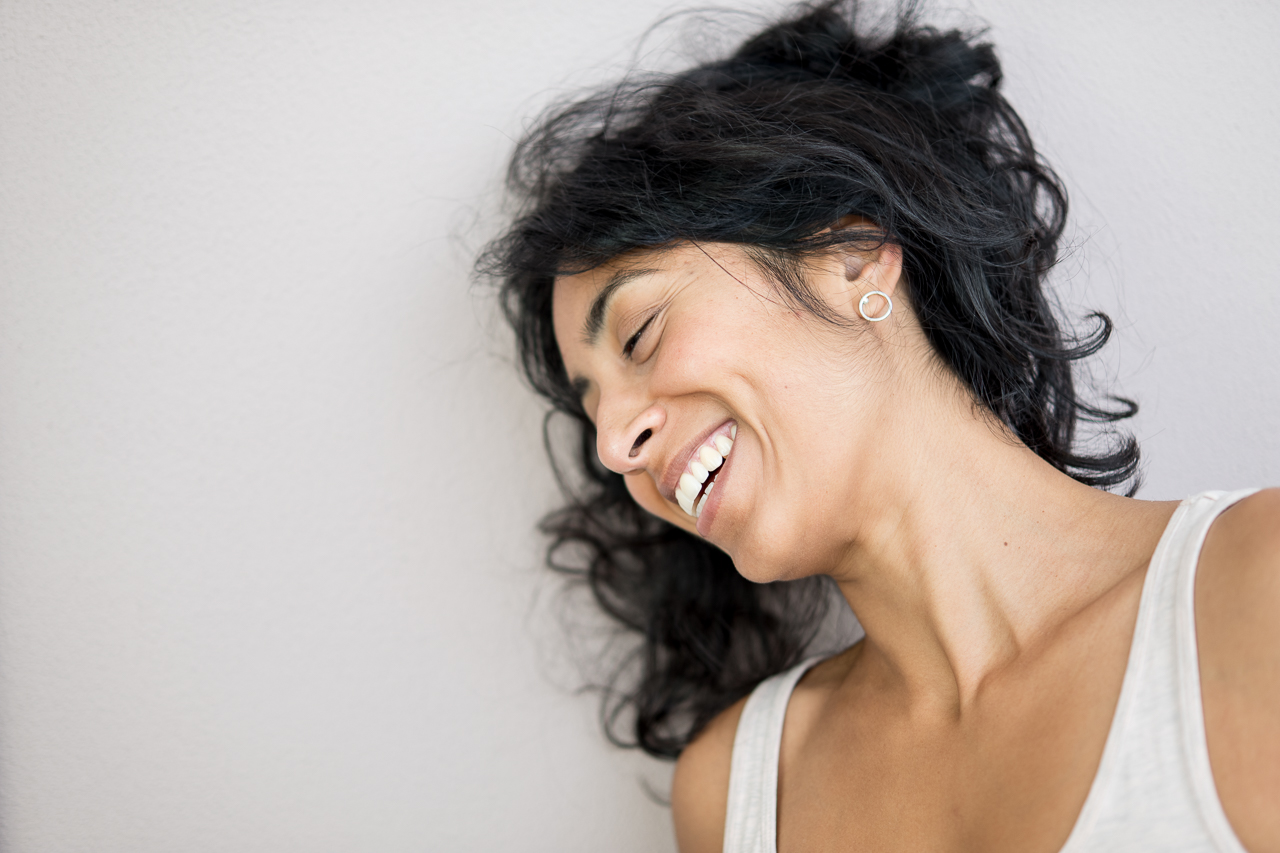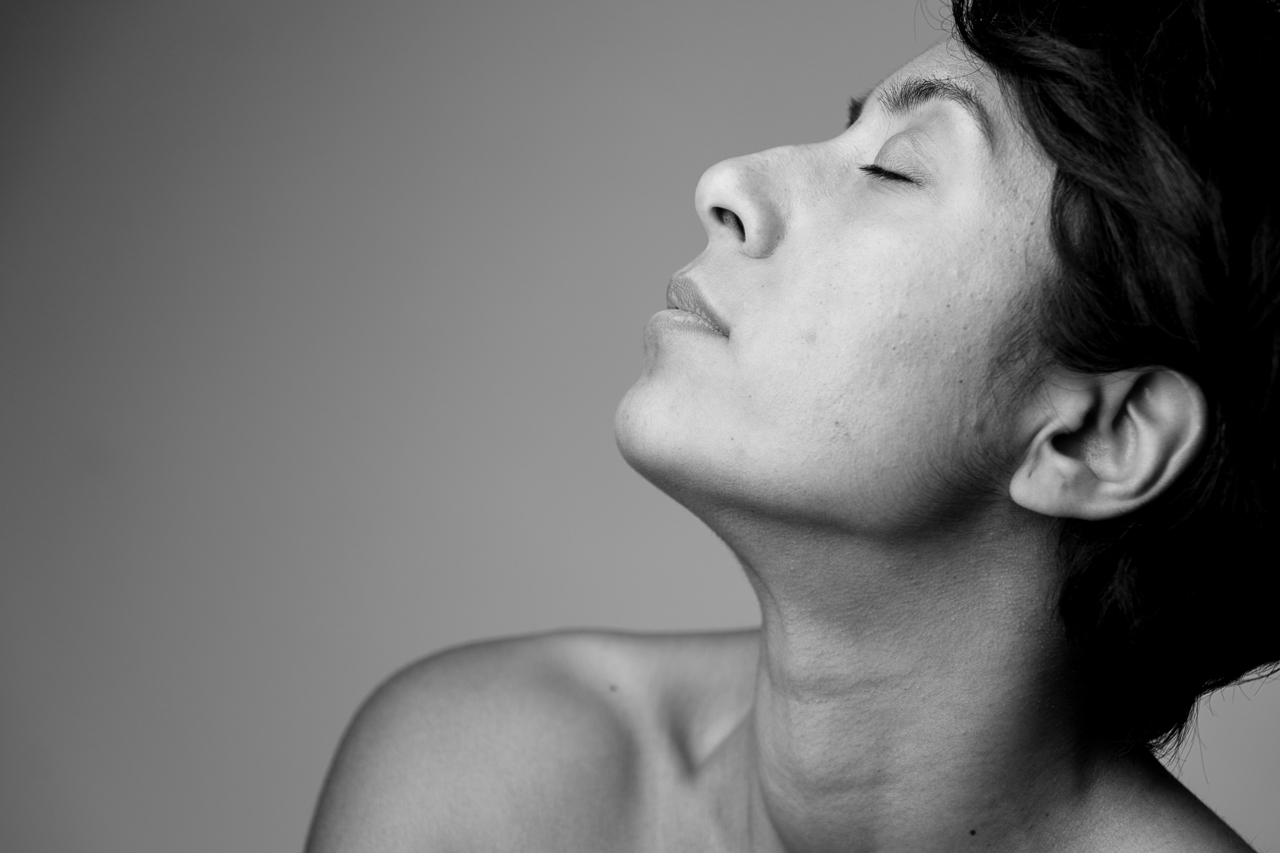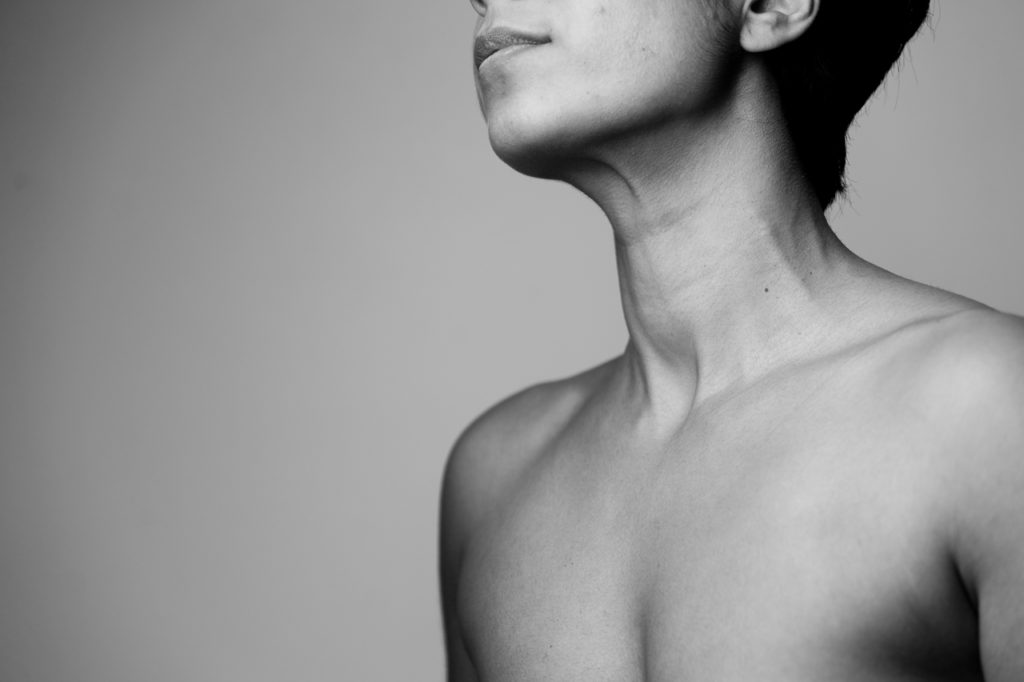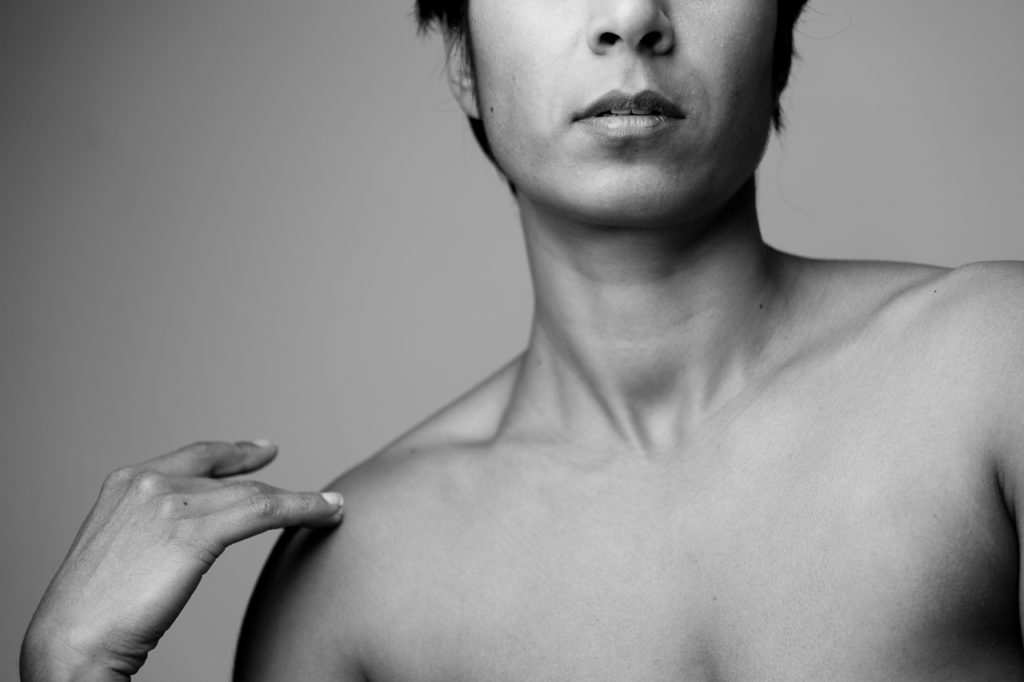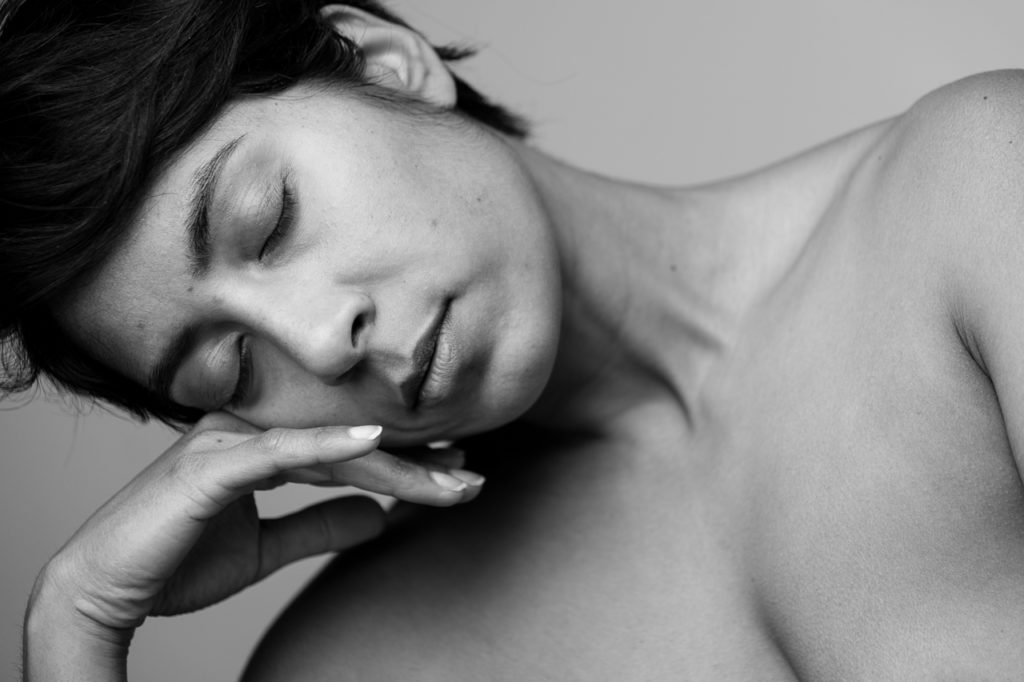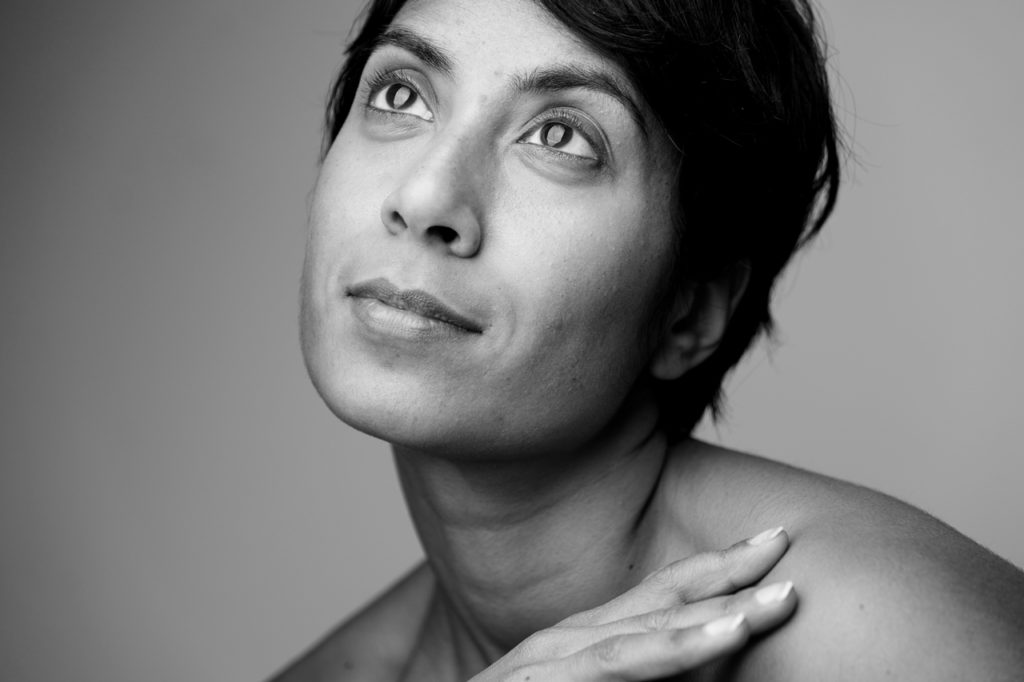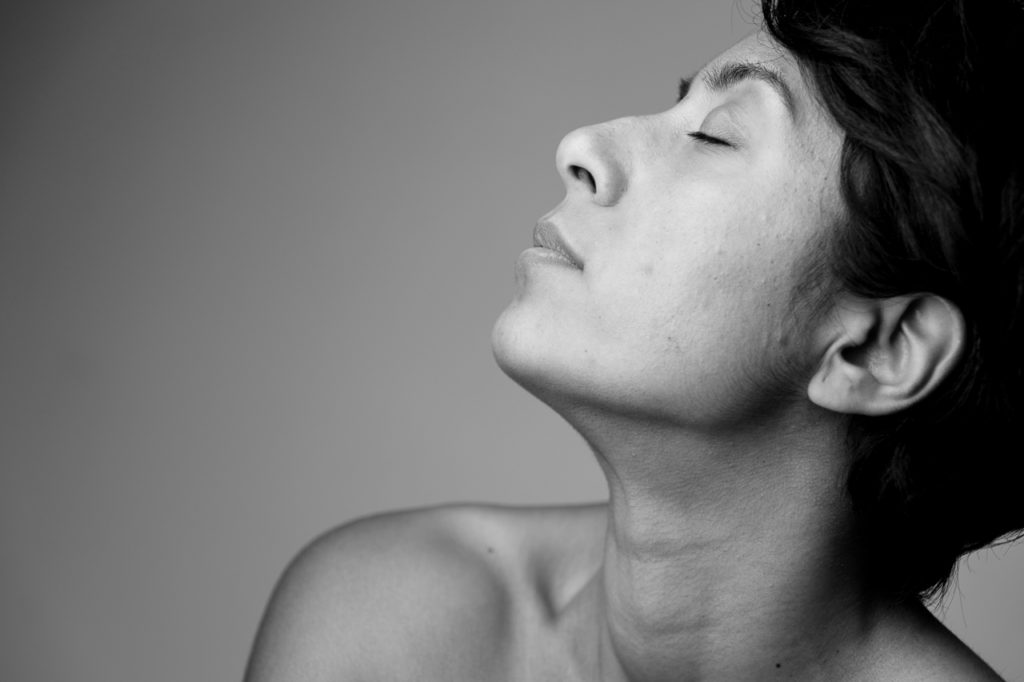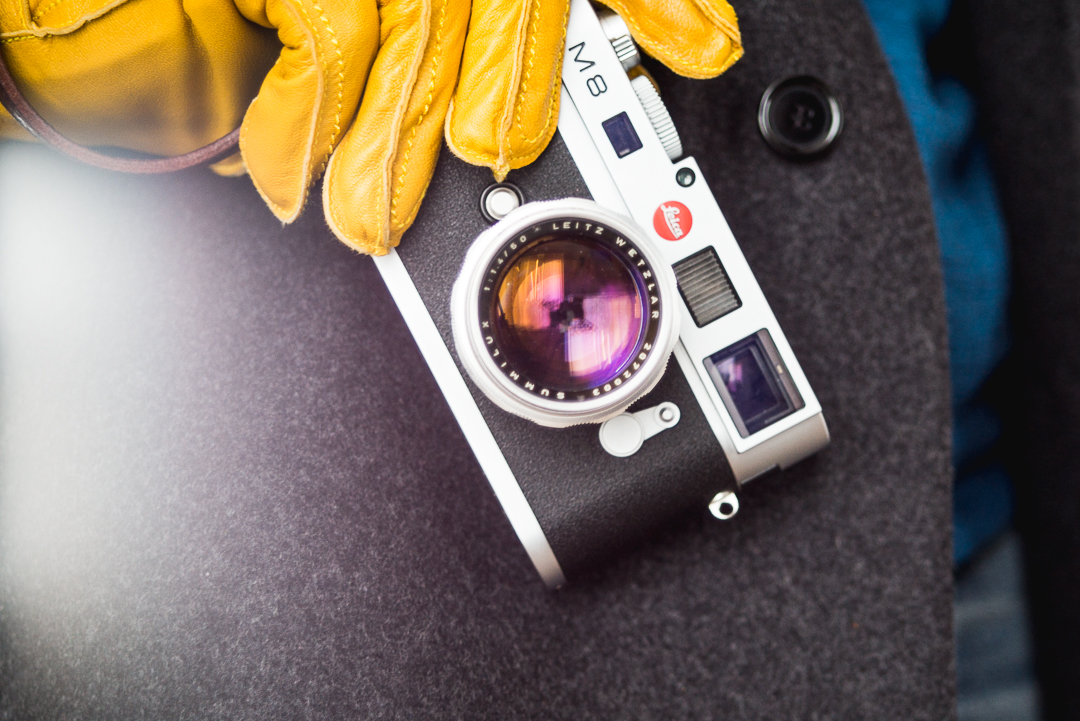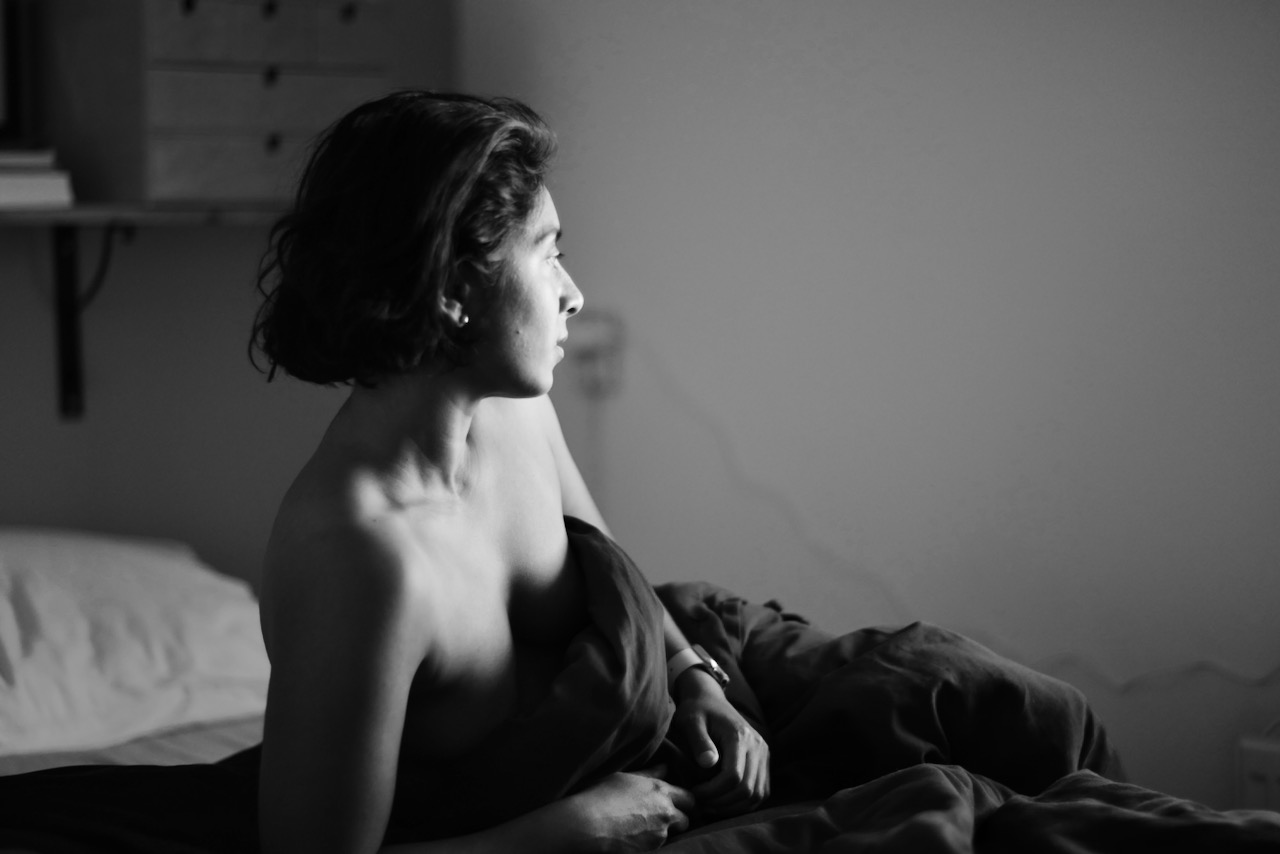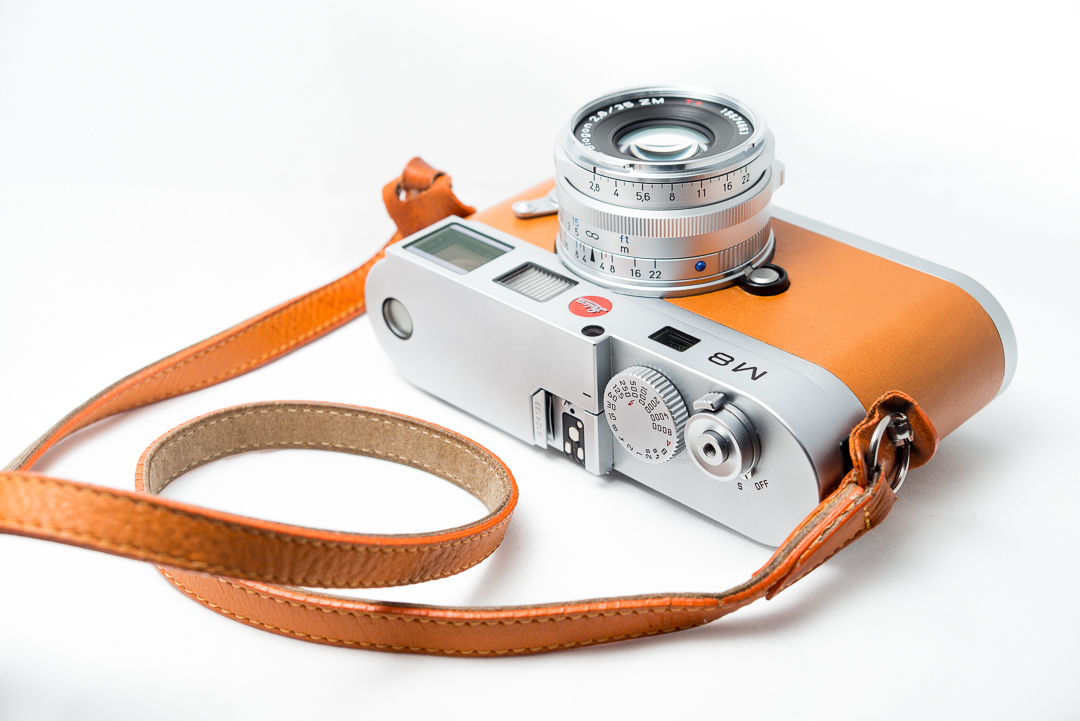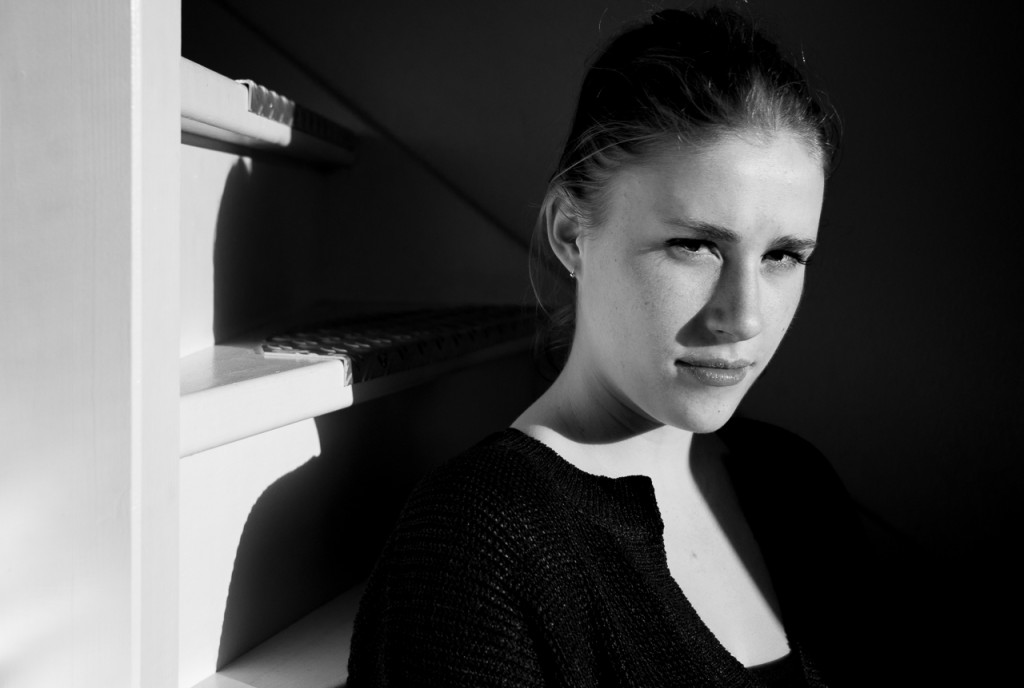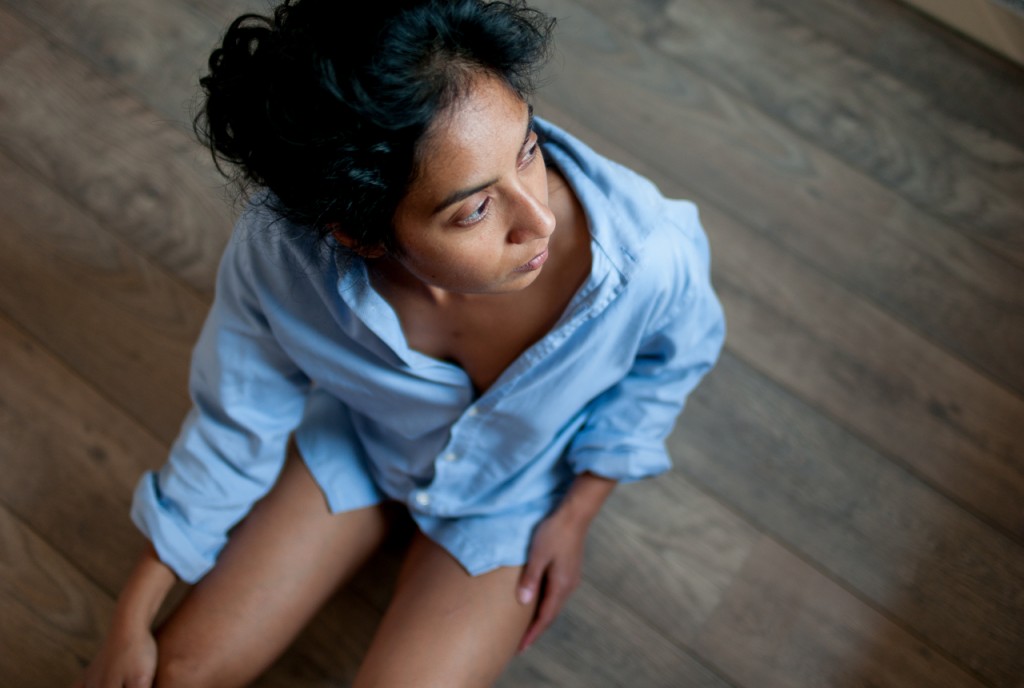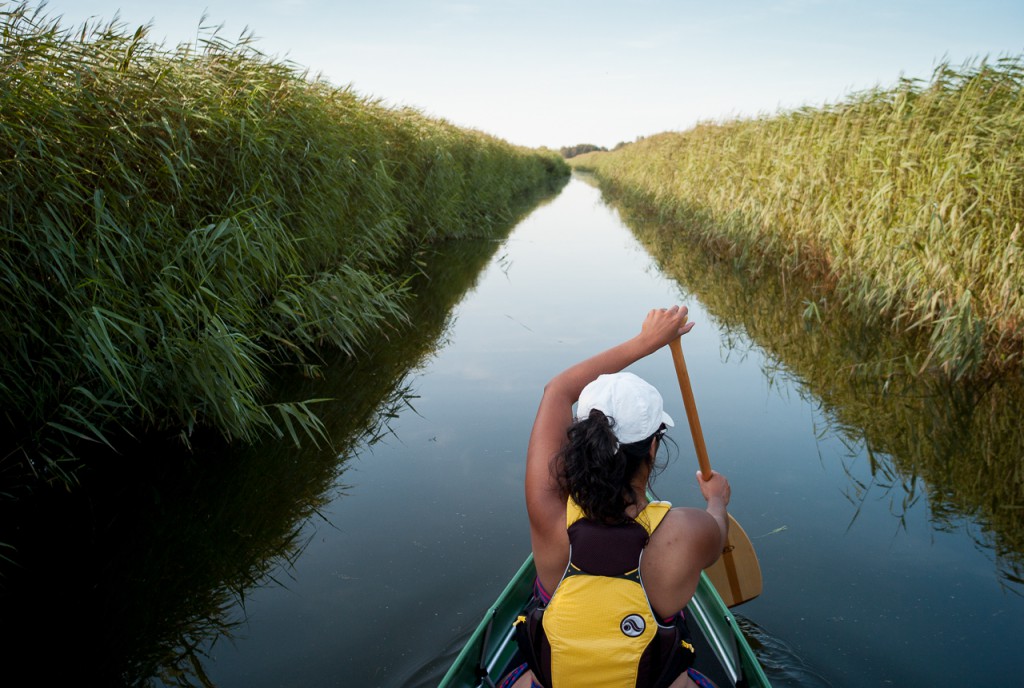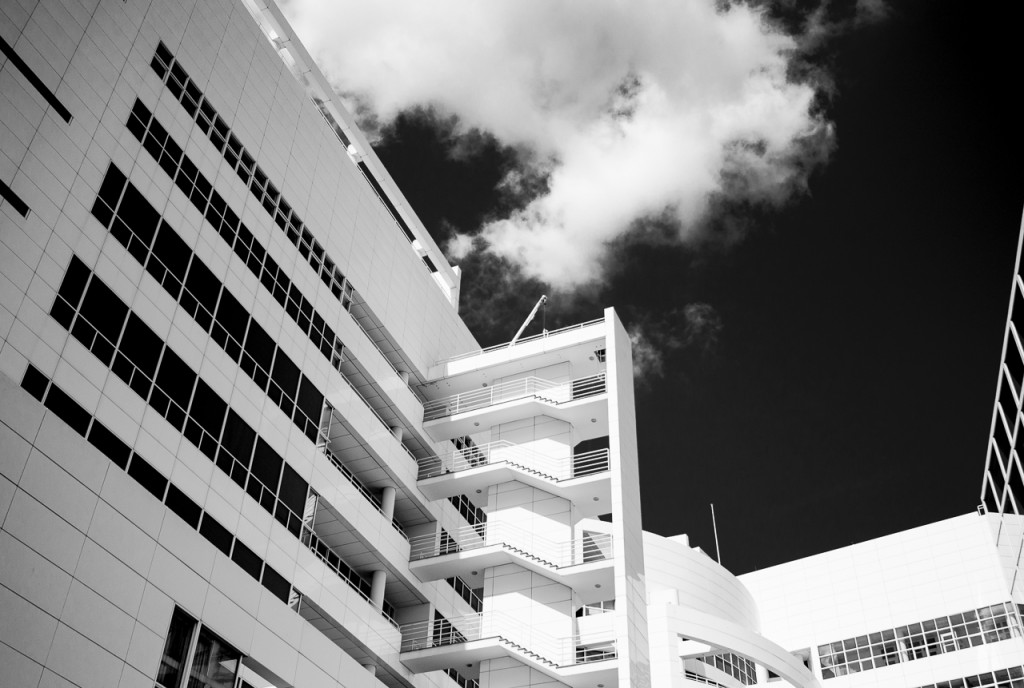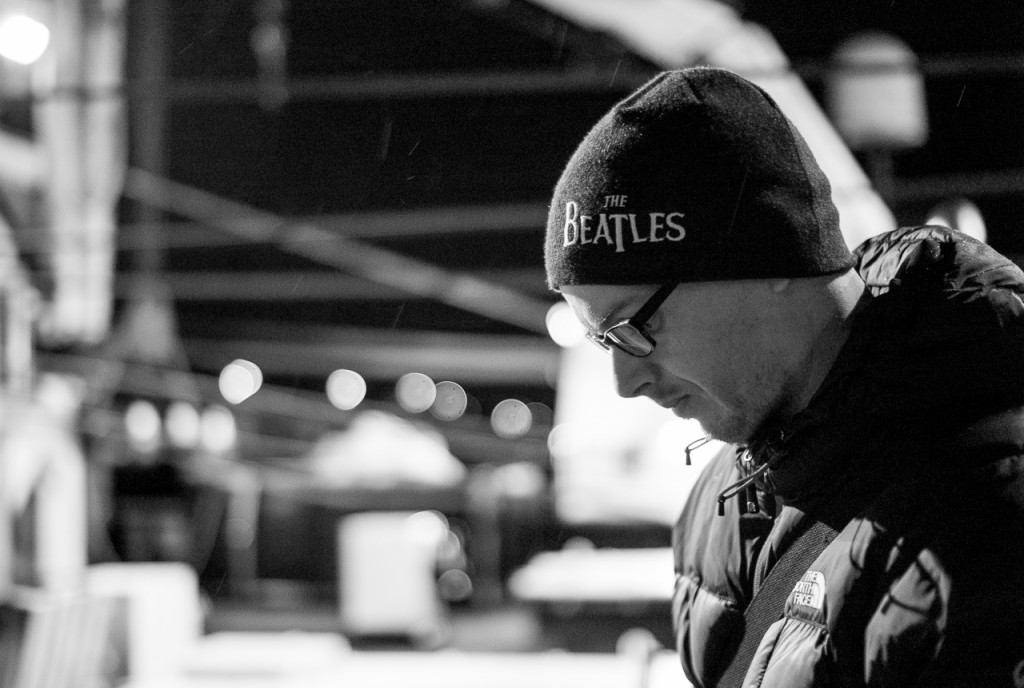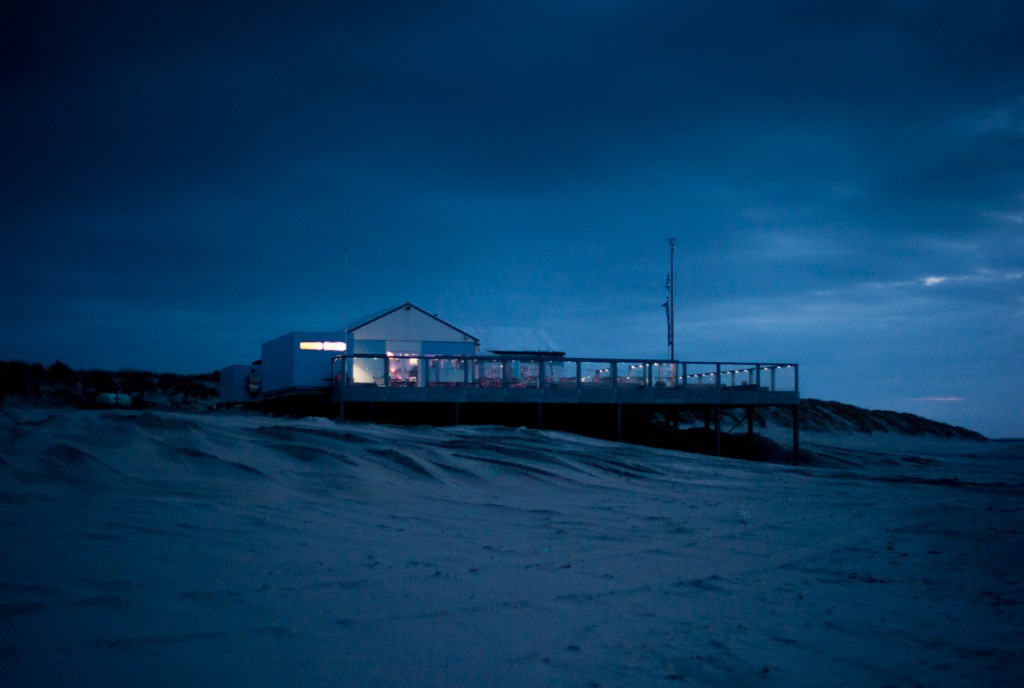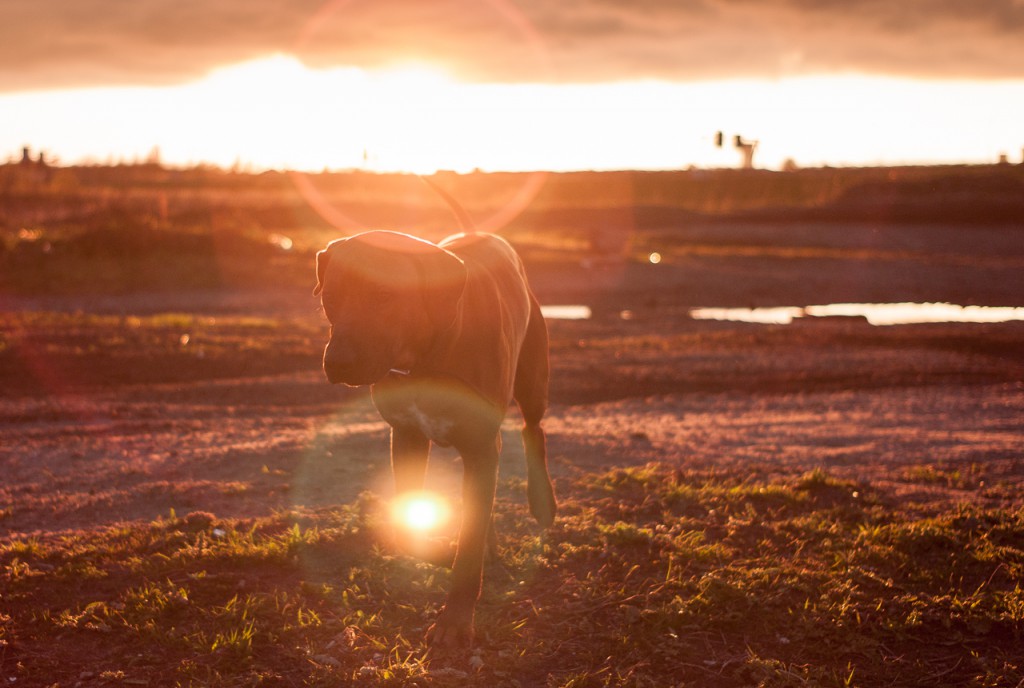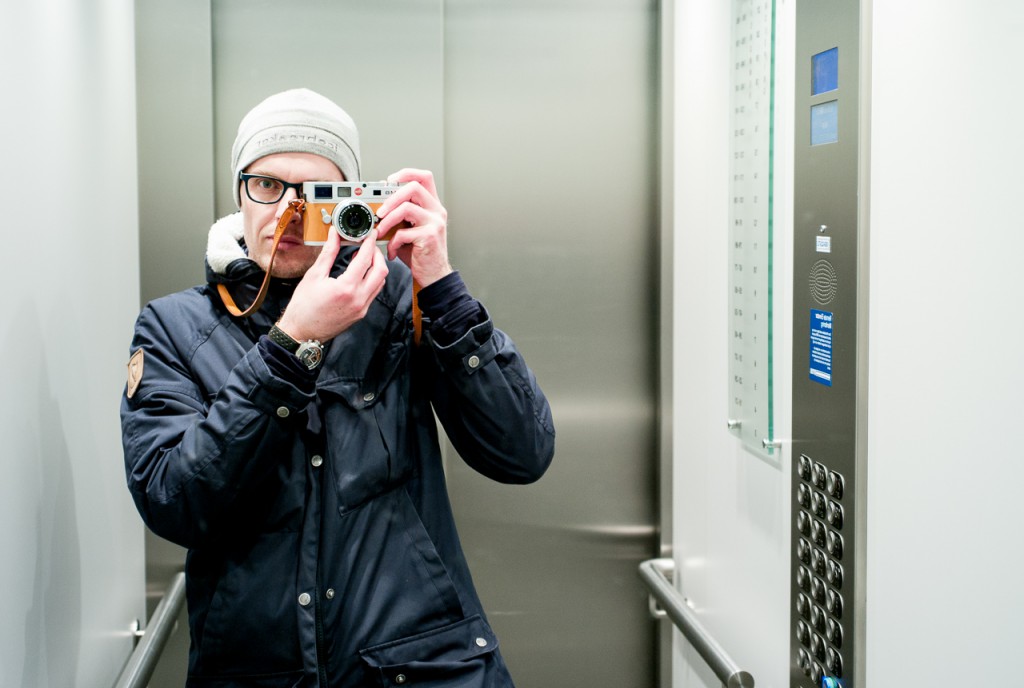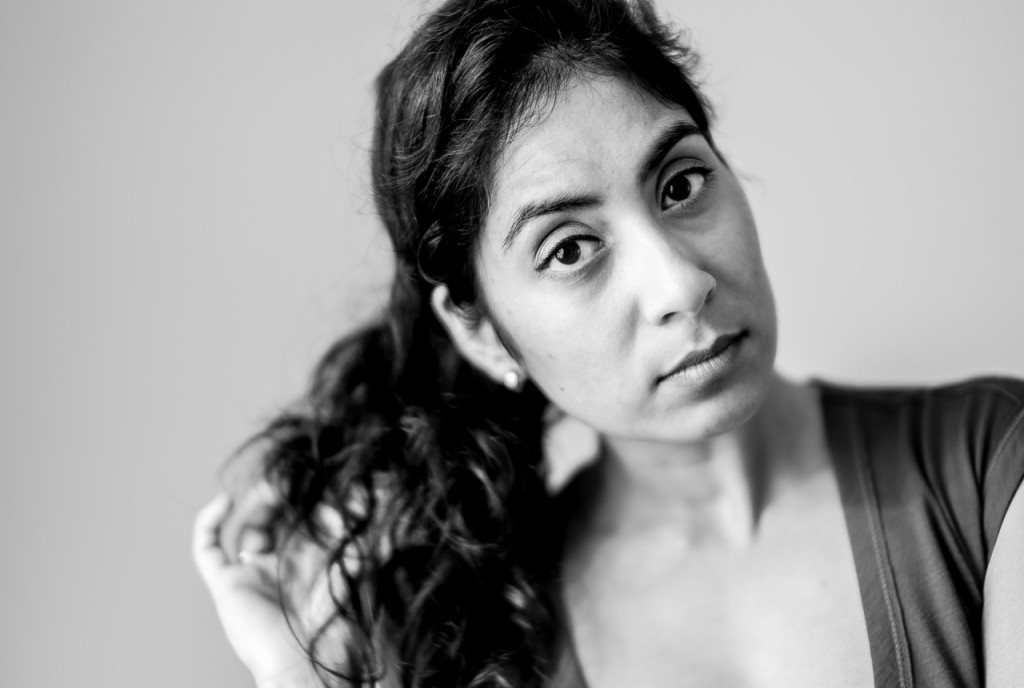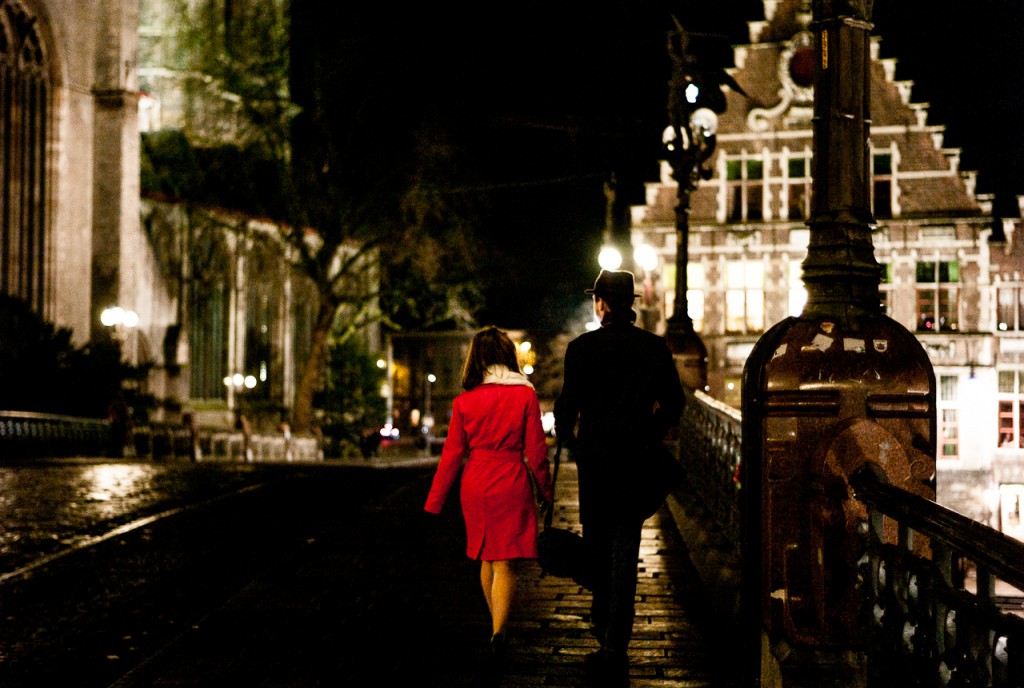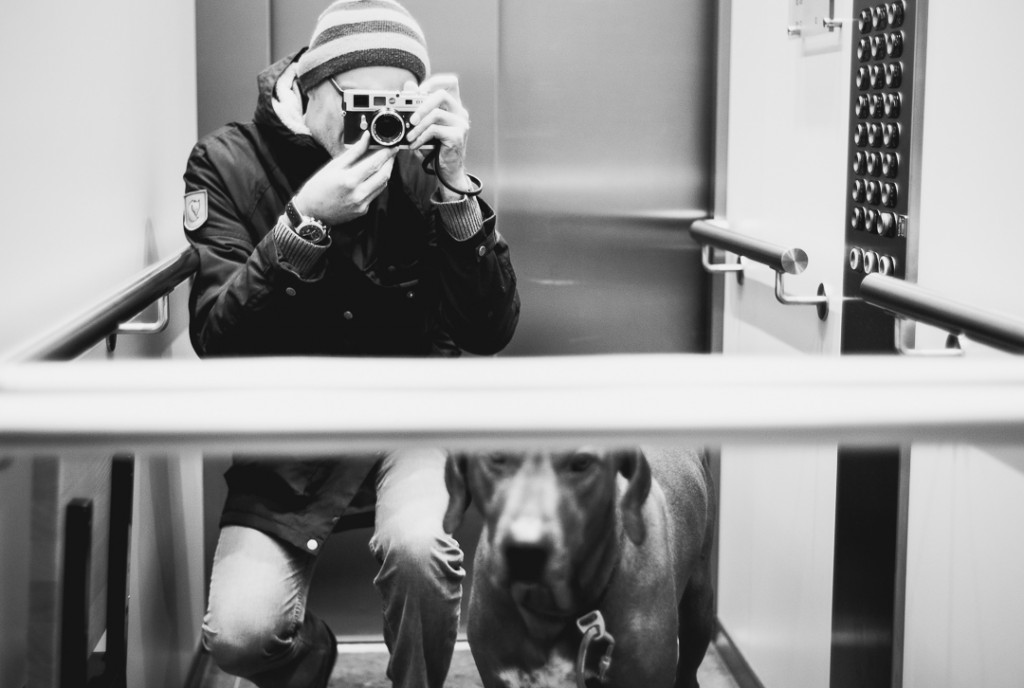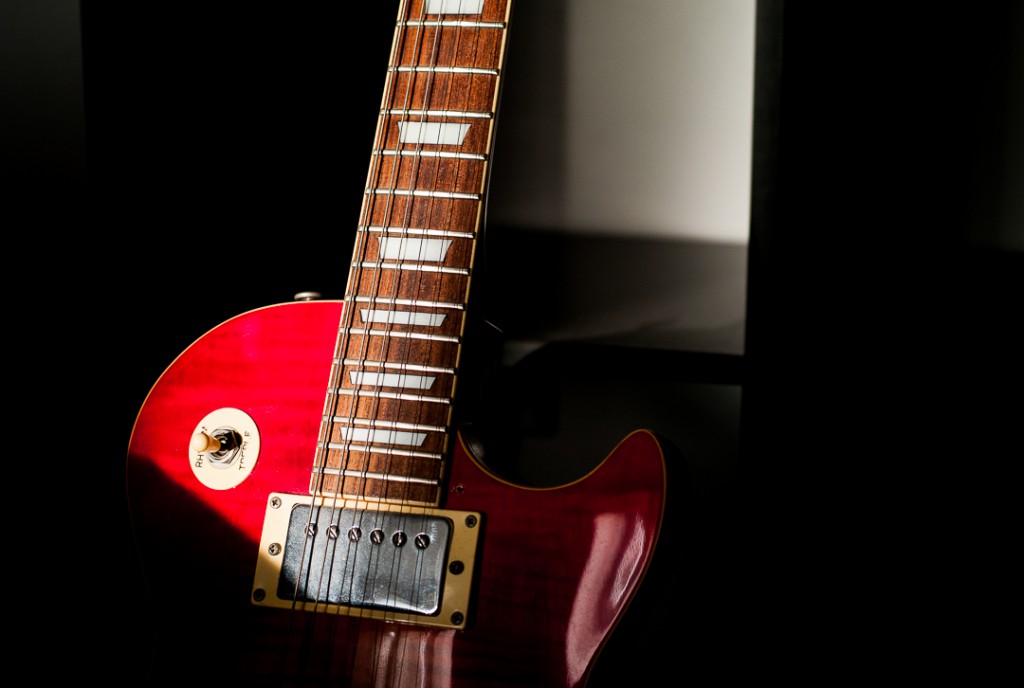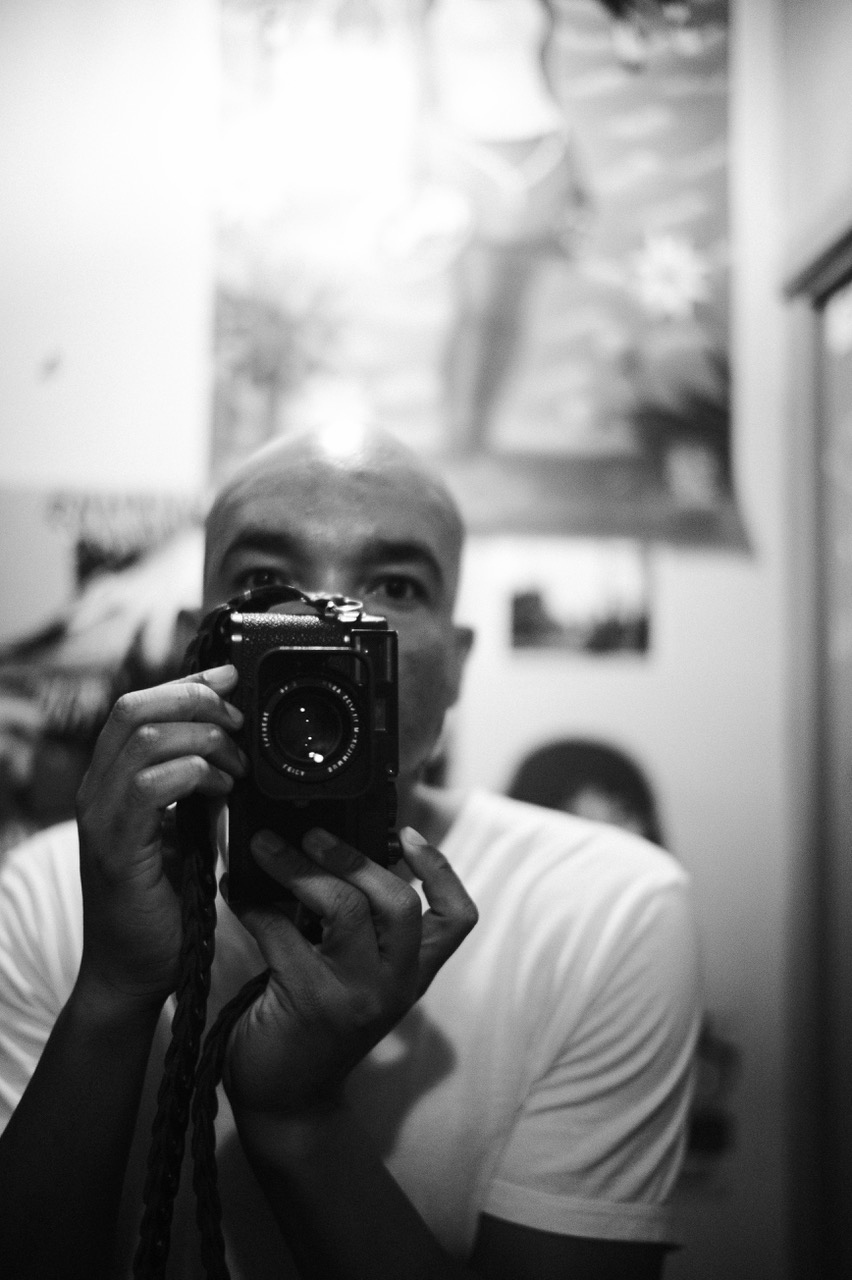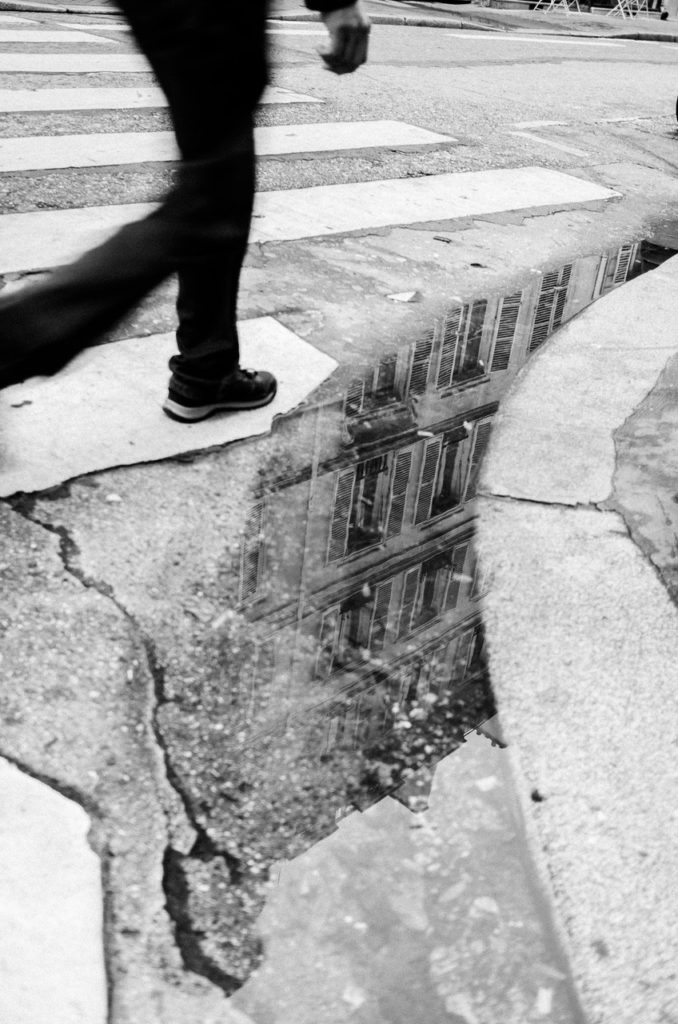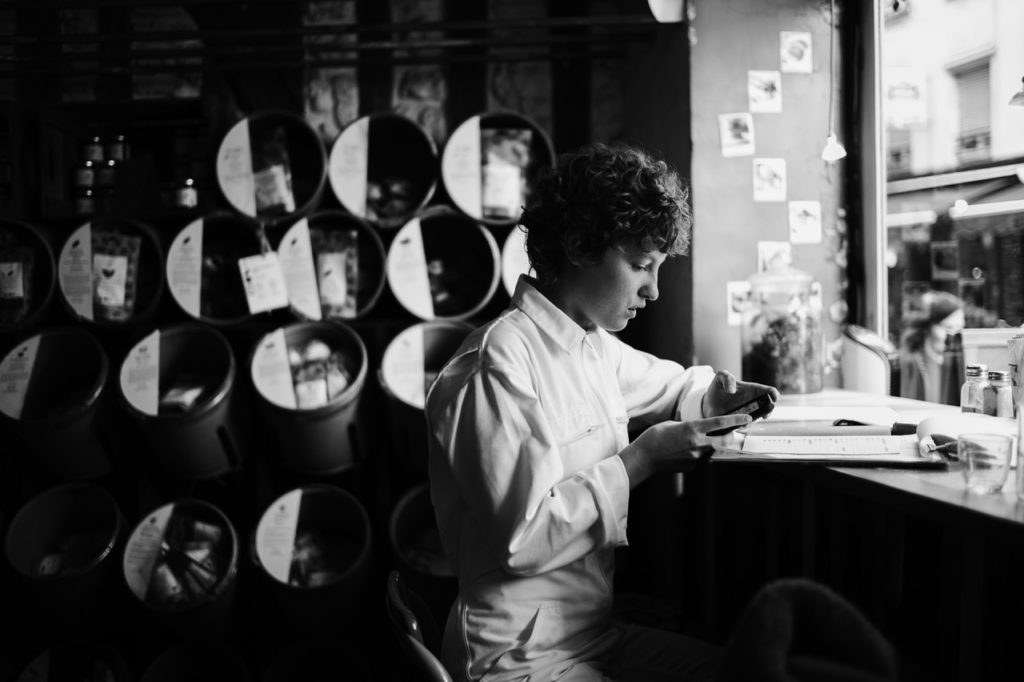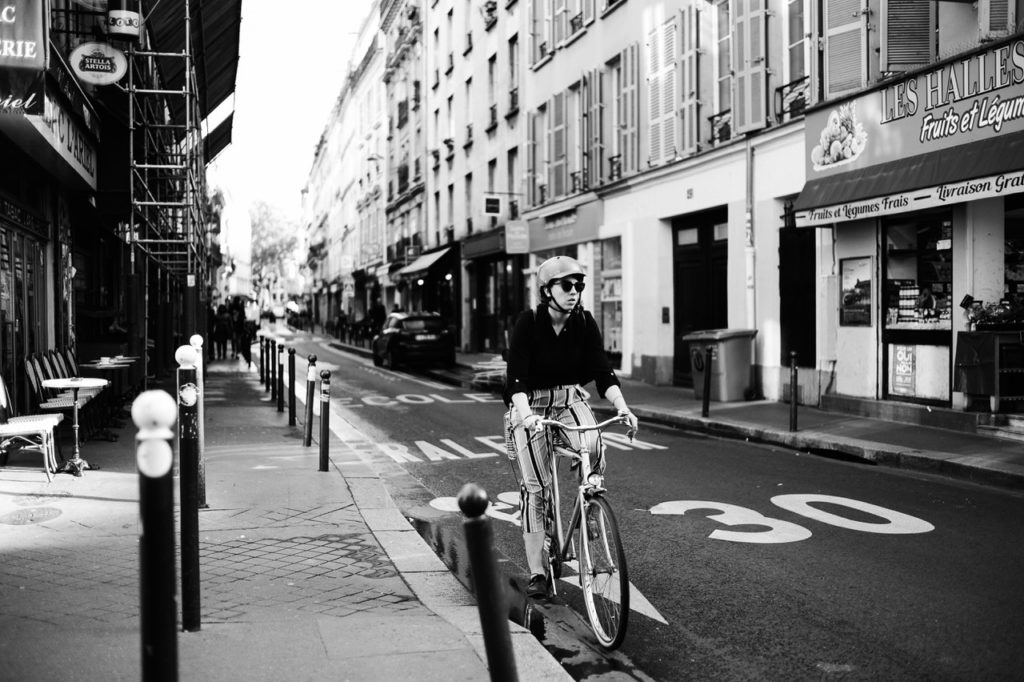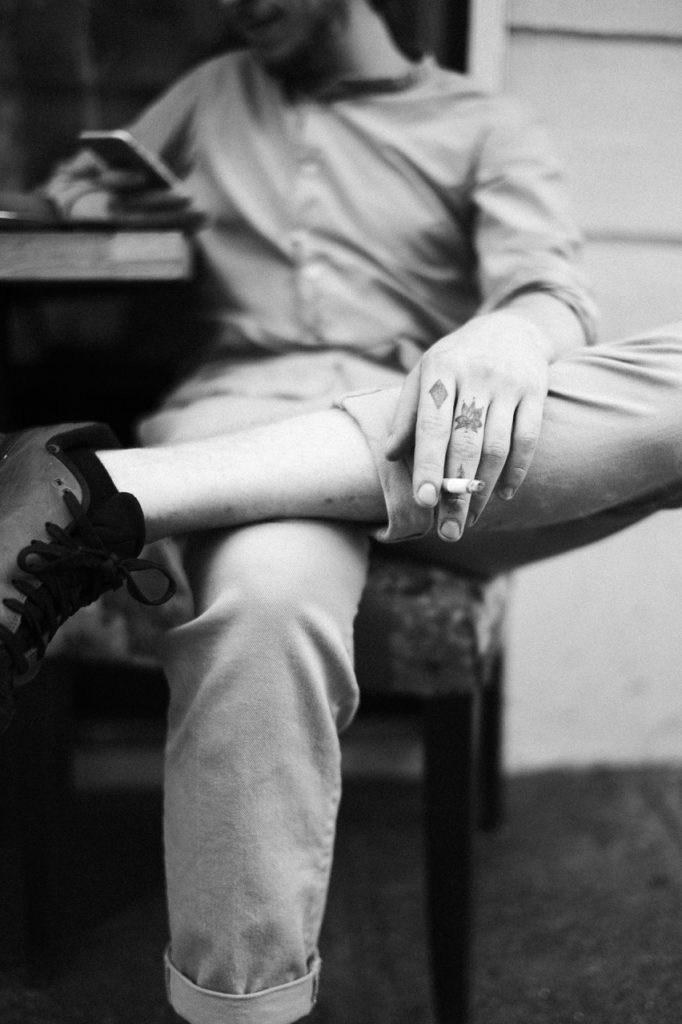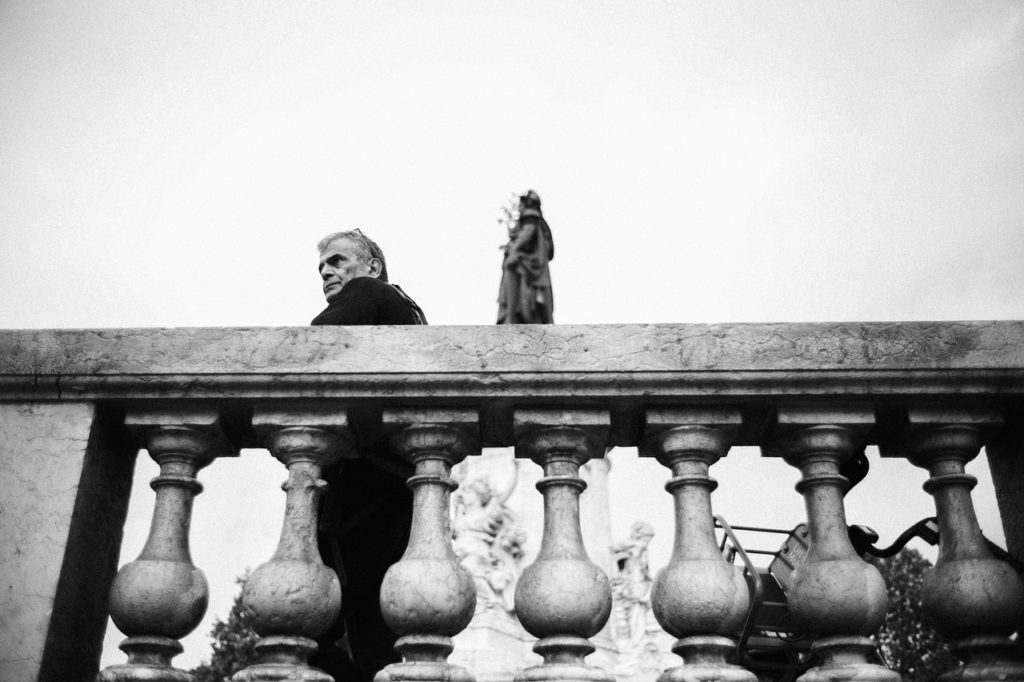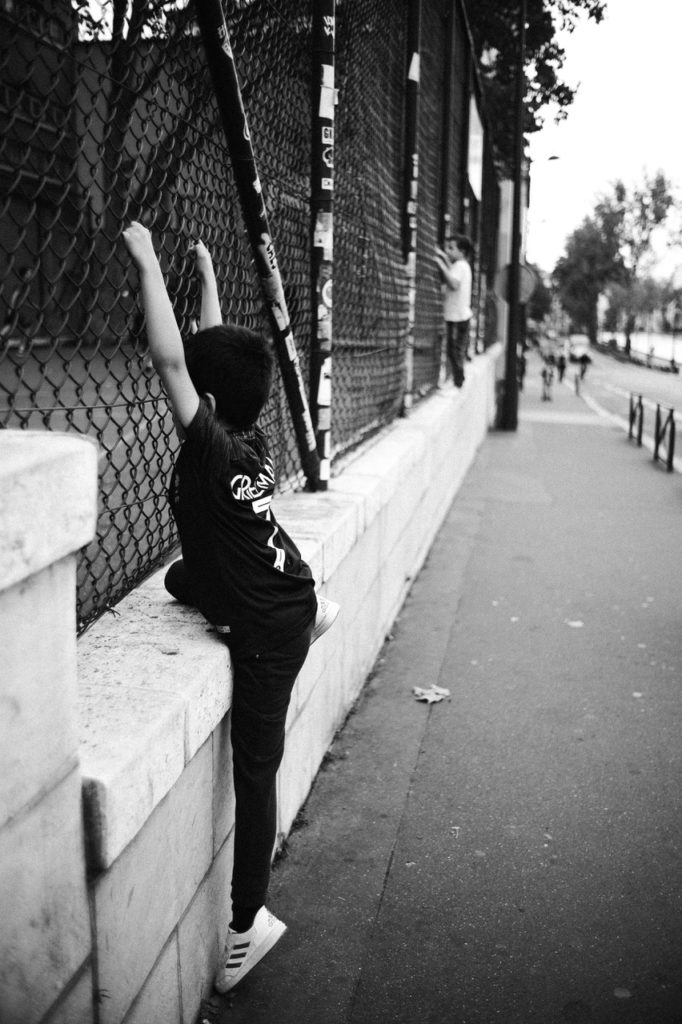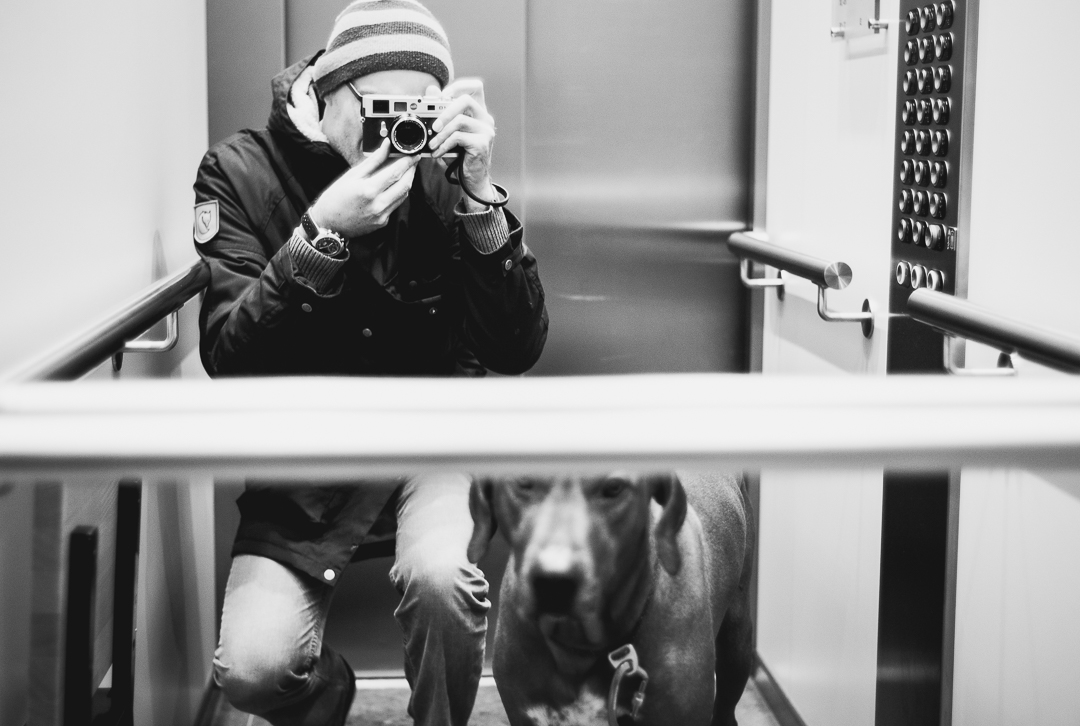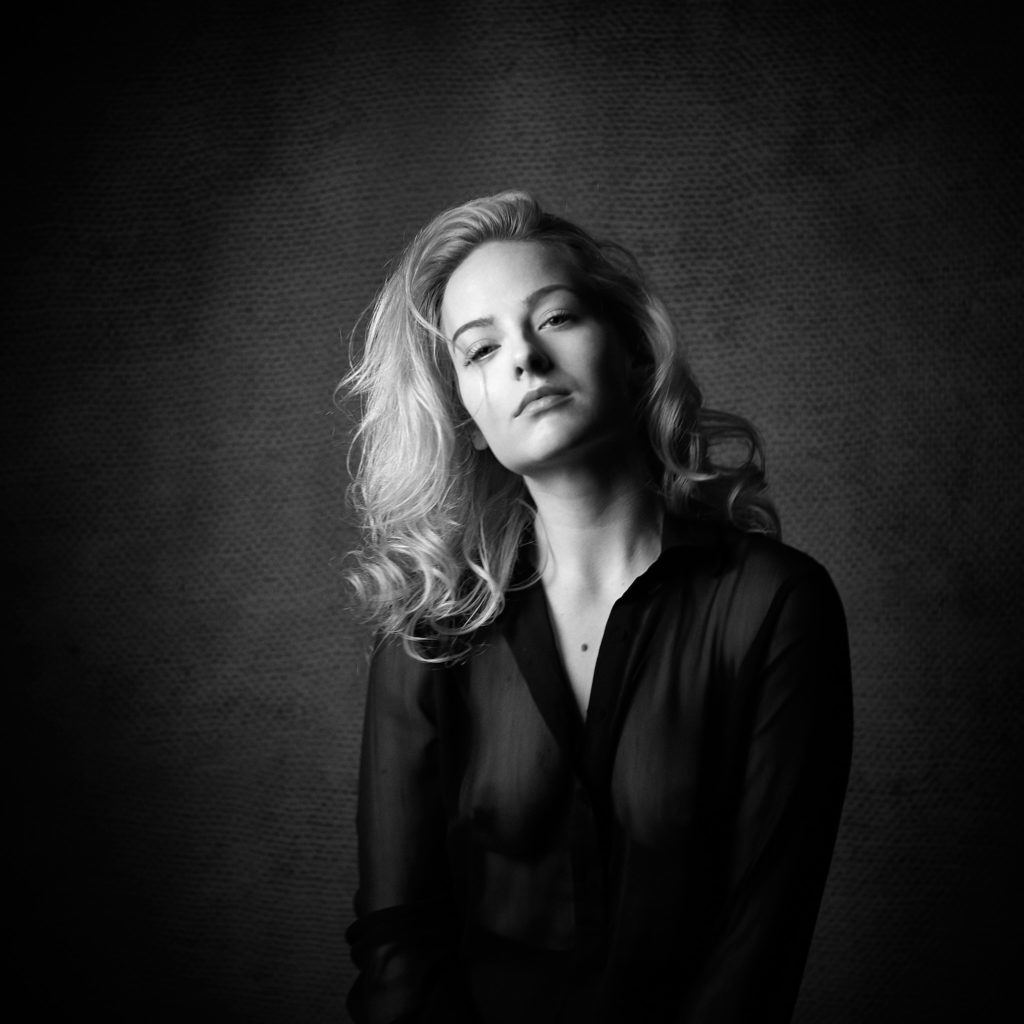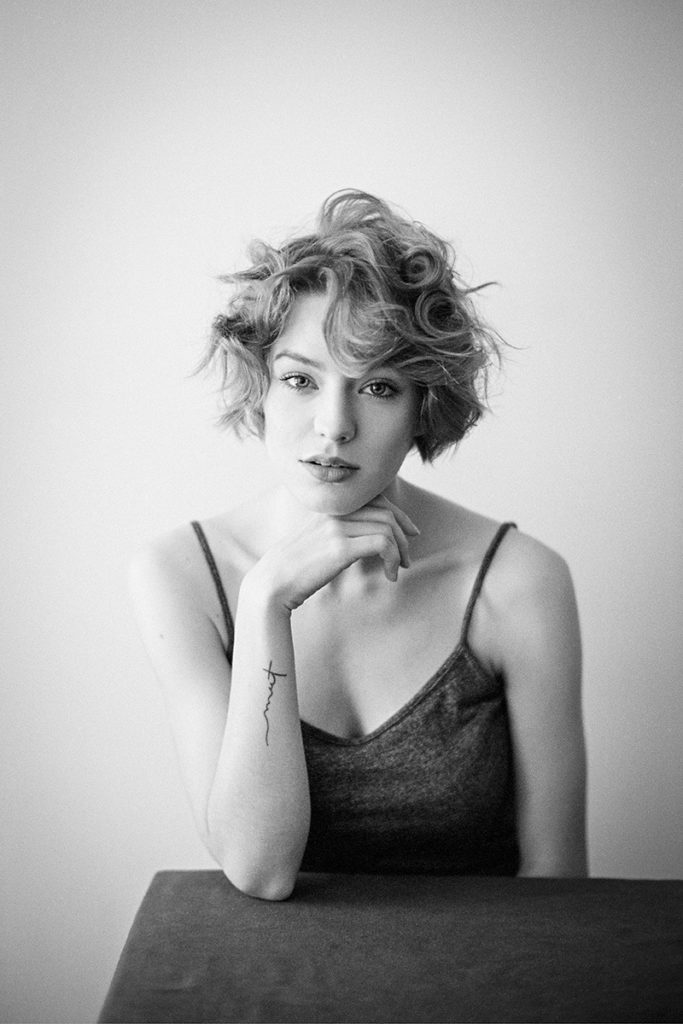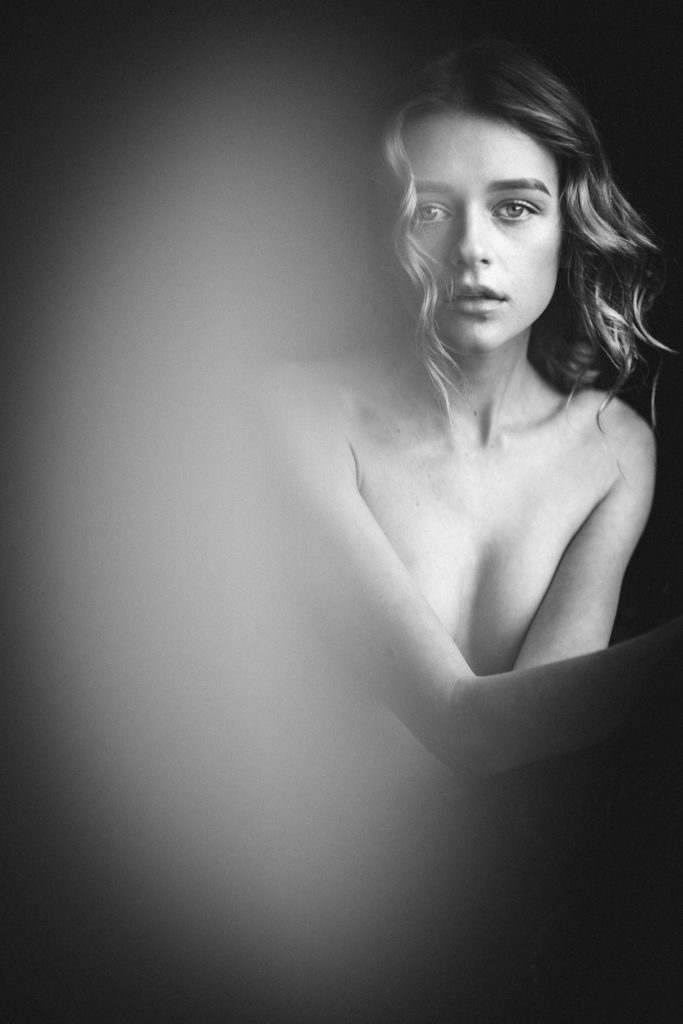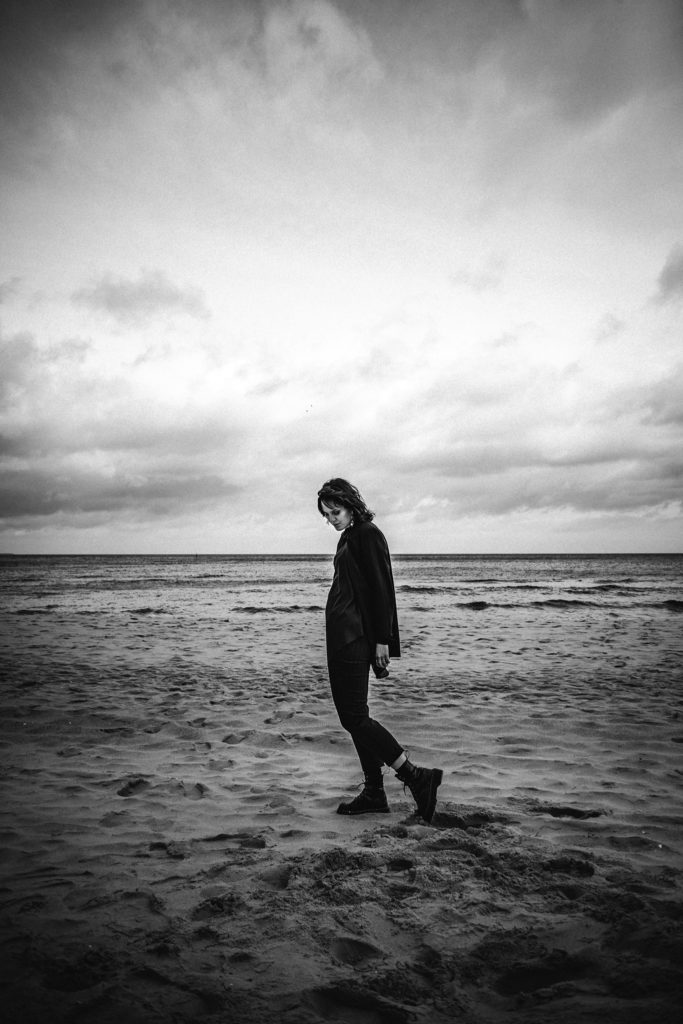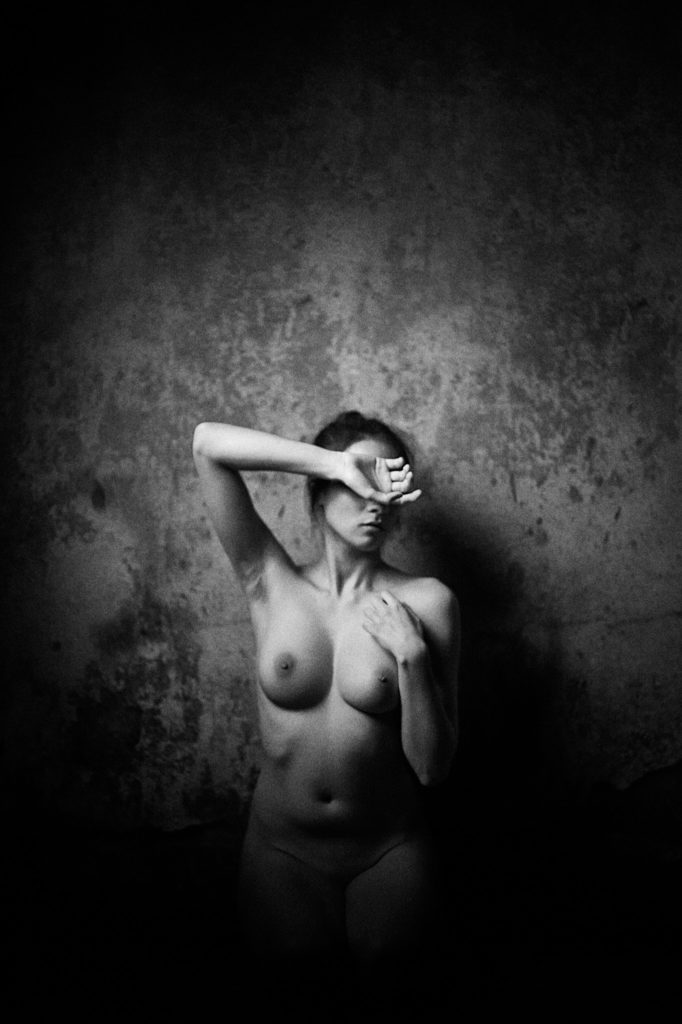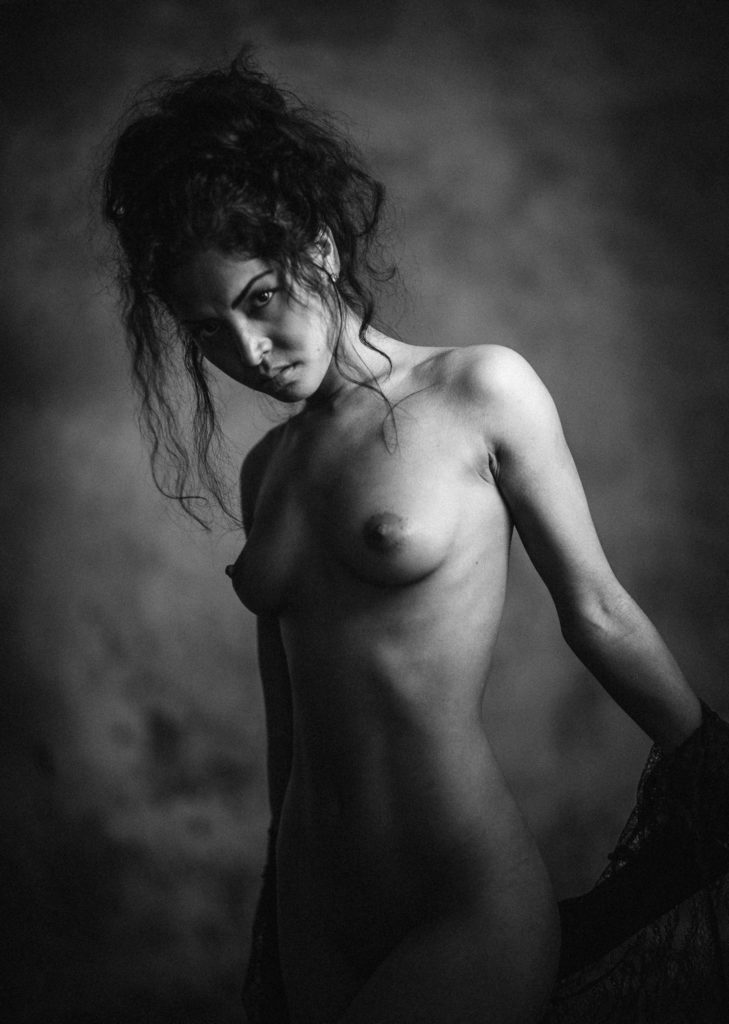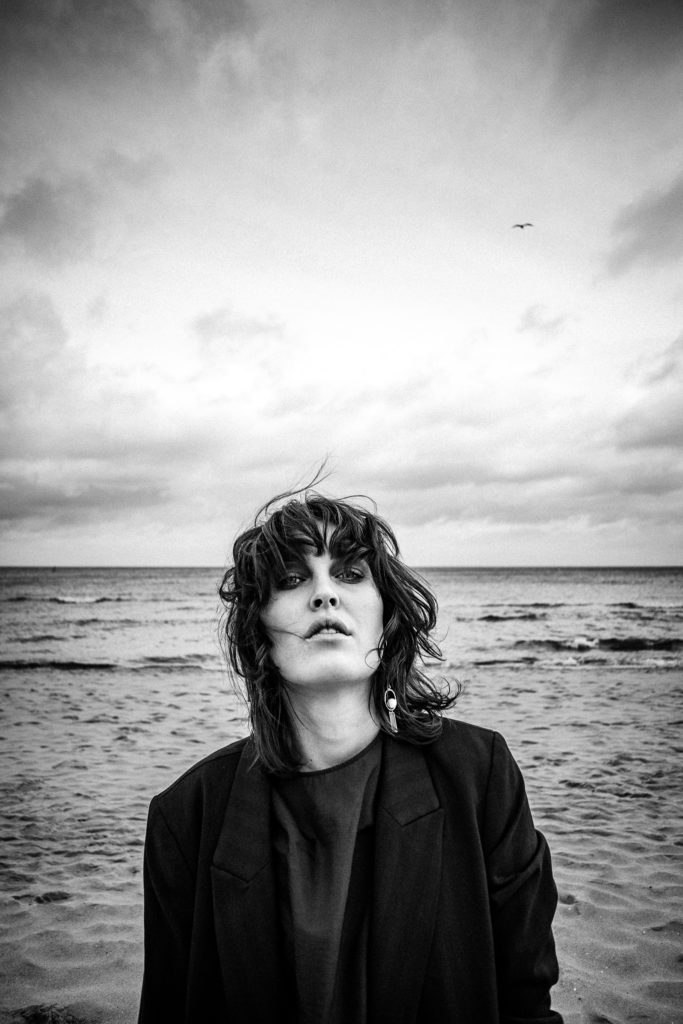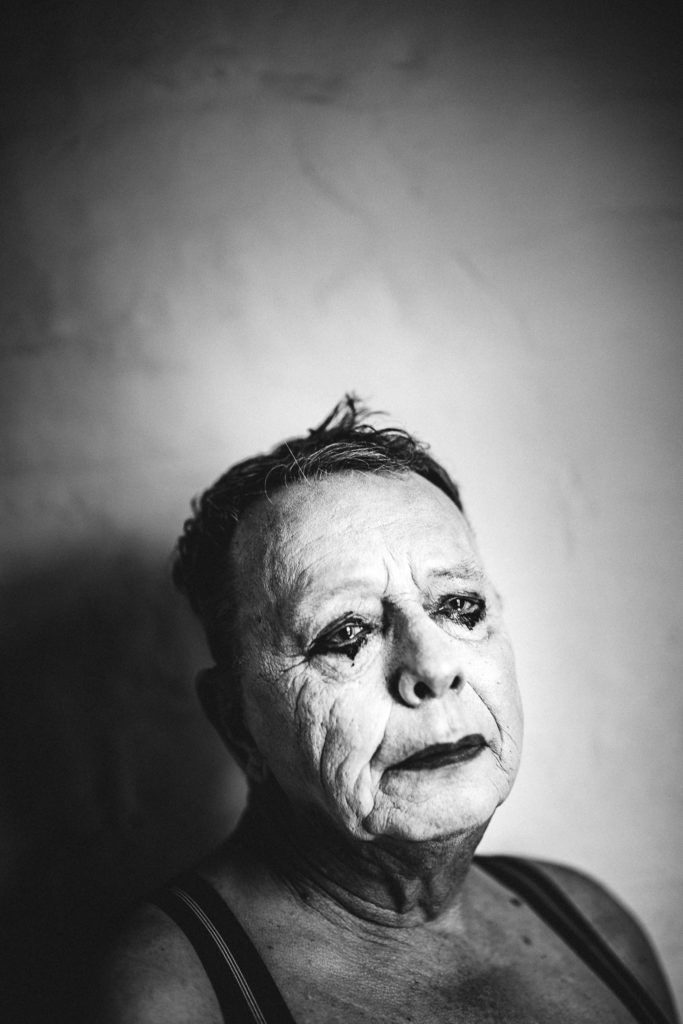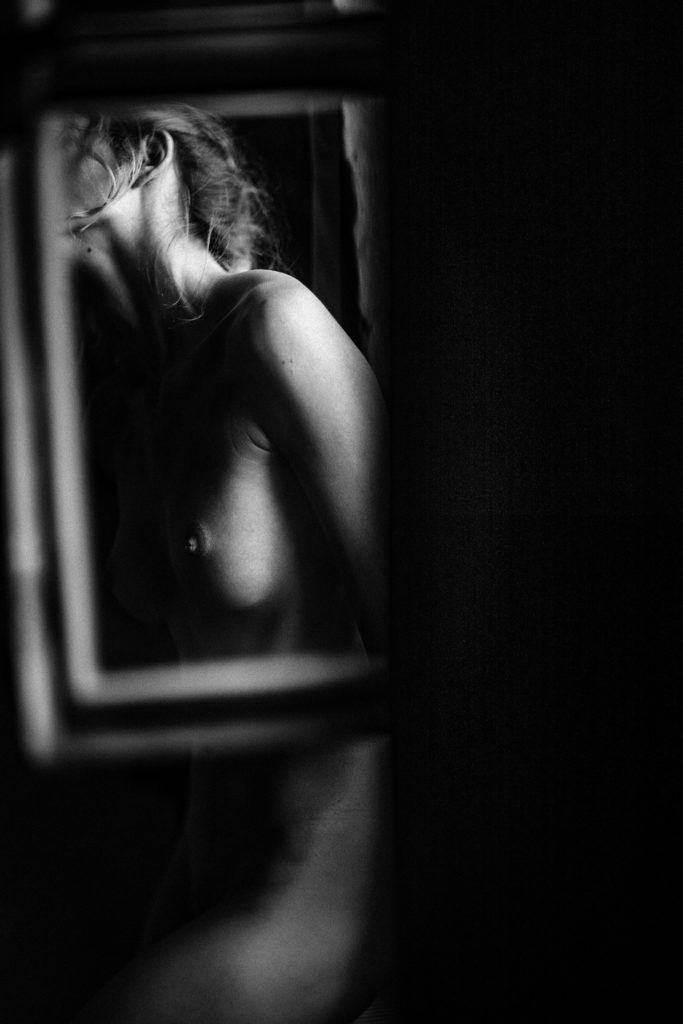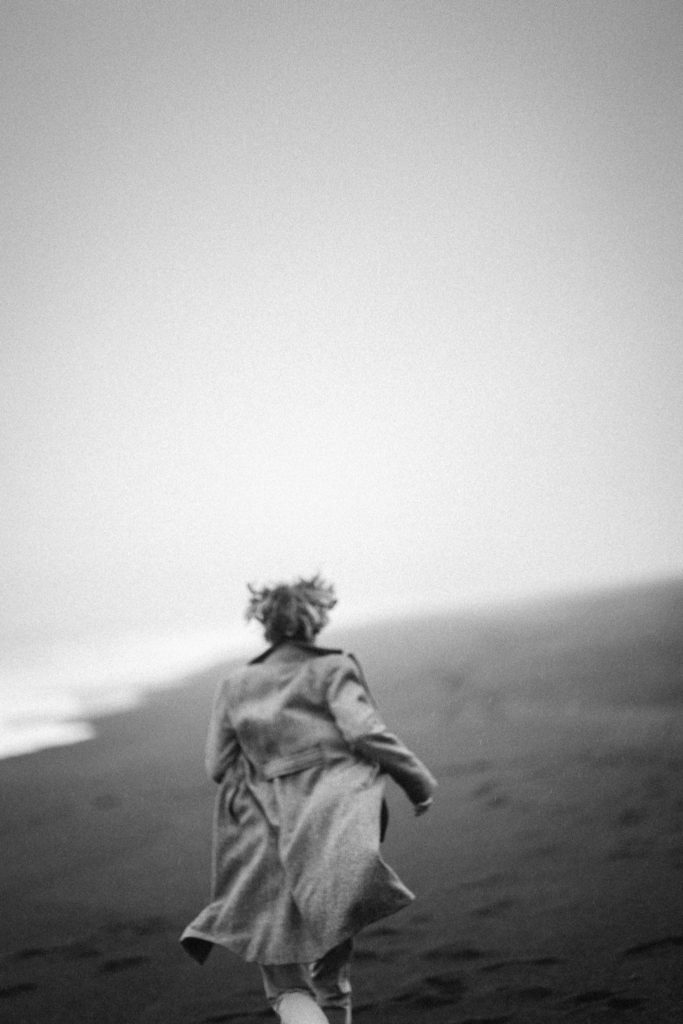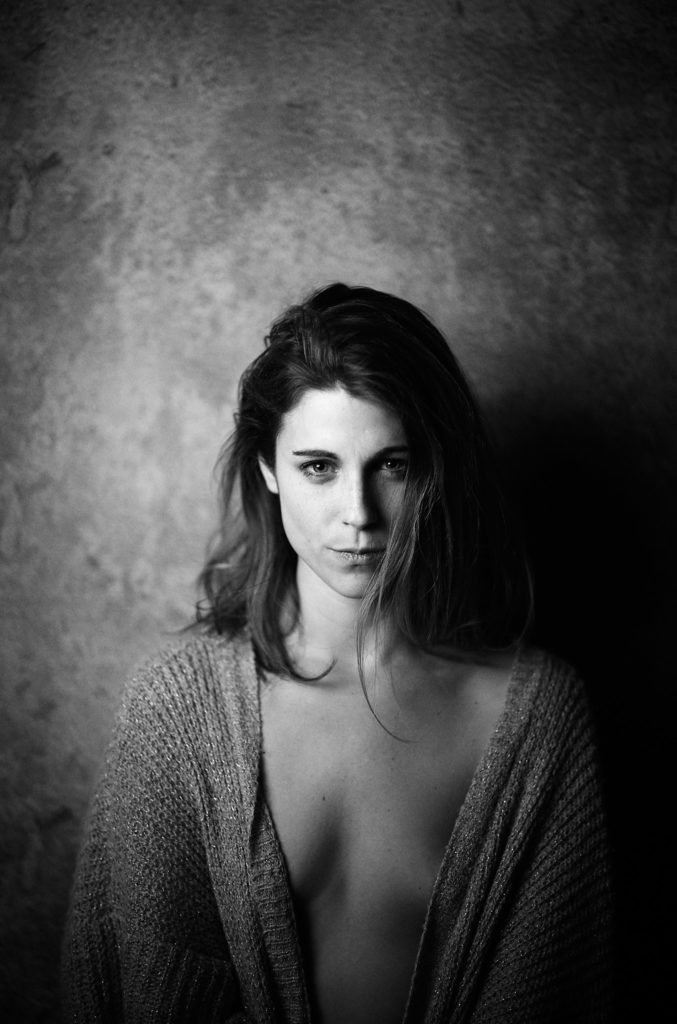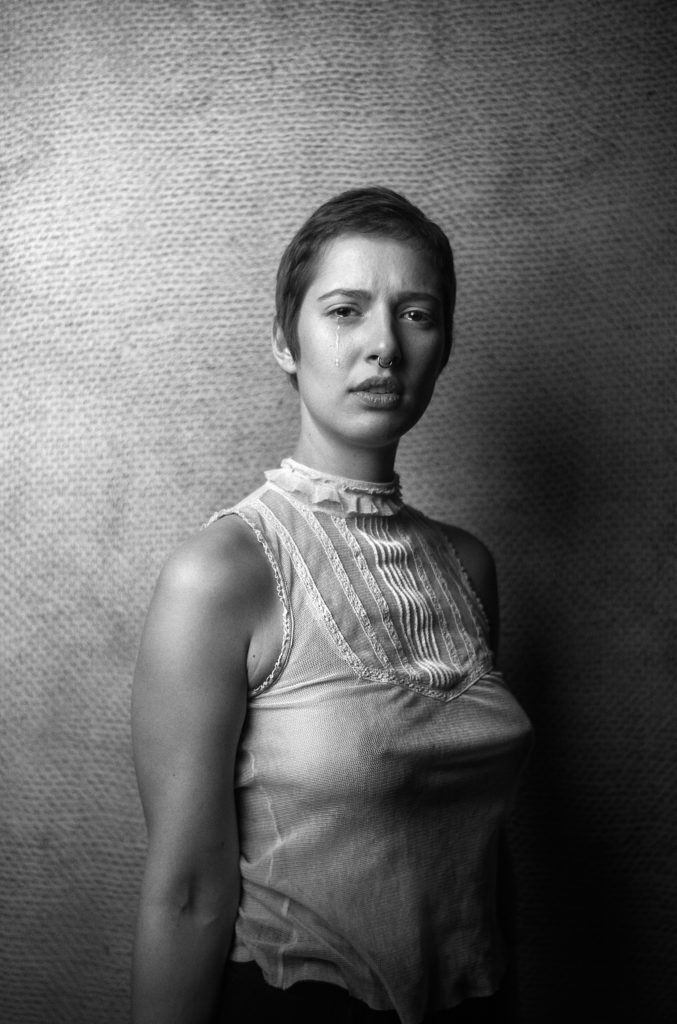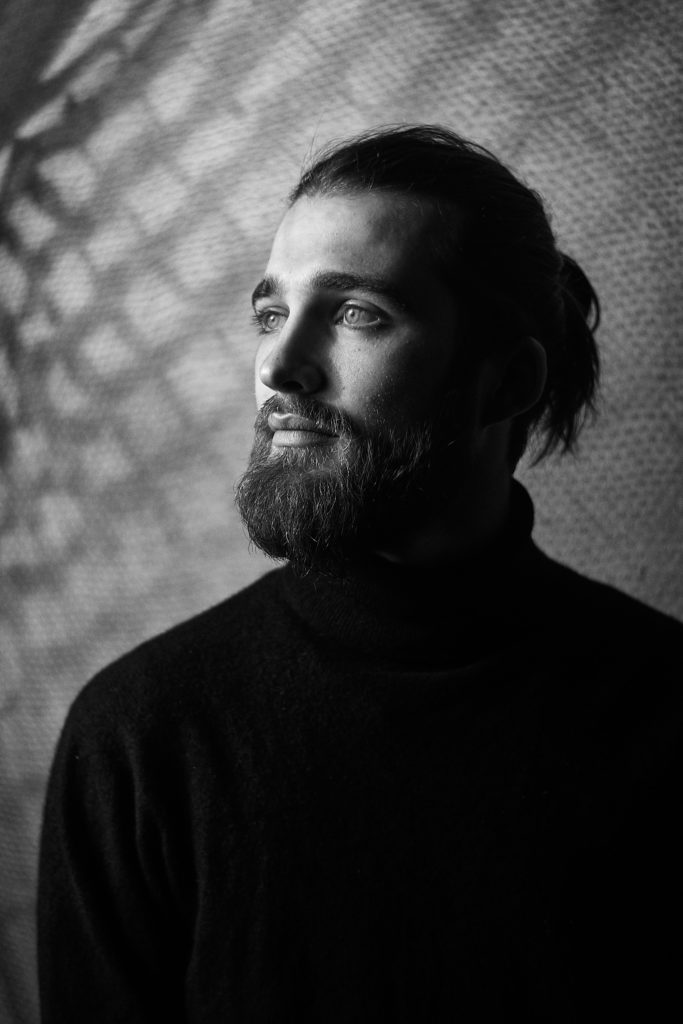Last week I received this mail:
Hi Joeri,
Considering switching to the M system I have bought your “Working your Leica M” book and have started exercising with a used Leica body and an old 50mm Summicron without a tab.
From you experience would you recommend a lens with a lens tab for developing a better muscle memory? Also I am asking myself if a Summilux 50mm would be already too obtrusive for street and documentary work compared to the cron if one of my reasons to switch to M would be the smaller and less intimidating system.
Would be great to hear the opinion of an experienced shooter.
Thanks and stay safe!
Thorsten
Good question Thorsten! And thanks for buying my book.
Let’s get to this obtrusive issue first: While the Lux is slightly bigger than the Cron, I’d say the difference in the level of obtrusiveness shouldn’t be too big. It’s not Noctilux-like big. So don’t worry too much about that.
Some people love a focussing tab, some don’t. When it comes to guesstimating your focus on the basis of the position of the tab, a tabbed lens sure has something a non-tabbed lens doesn’t. It’s easier to guess distance, when you have let go of the lens for a moment. However, for me, my guessing is most accurate when I keep the lens in my fingers, tabbed or non-tabbed.
The tab works best, in my opinion, on wide angle lenses (up to 35mm). For me, I prefer a non-tabbed 50mm, because this is also my go-to portrait lens, where I use it in the 90cm-150 cm range, where the tab feels in the wrong position.
Since you already have an old Cron, I’d give that old lens a try first and move forward from that. As far as 50mm lenses are concerned, the 50 cron is my all time favorite.
PS: this right lens in this photo is a Lux, but a very old one: the V2.

